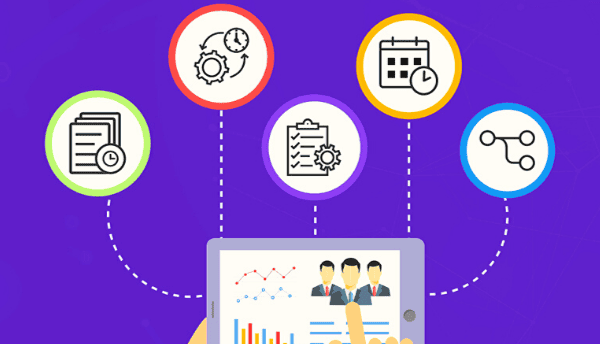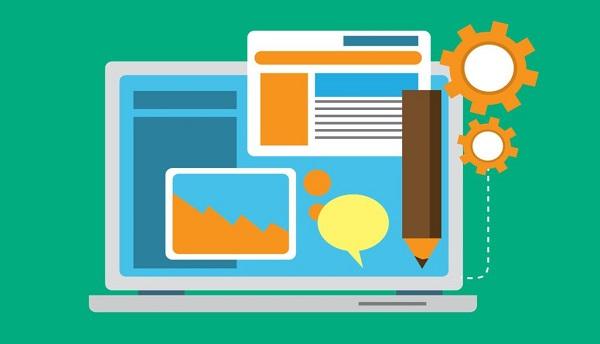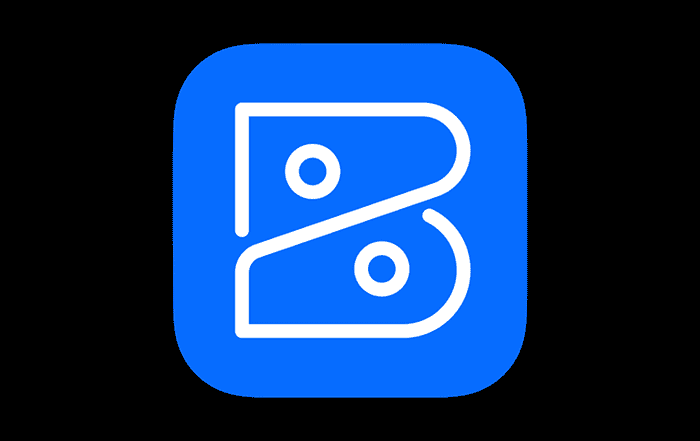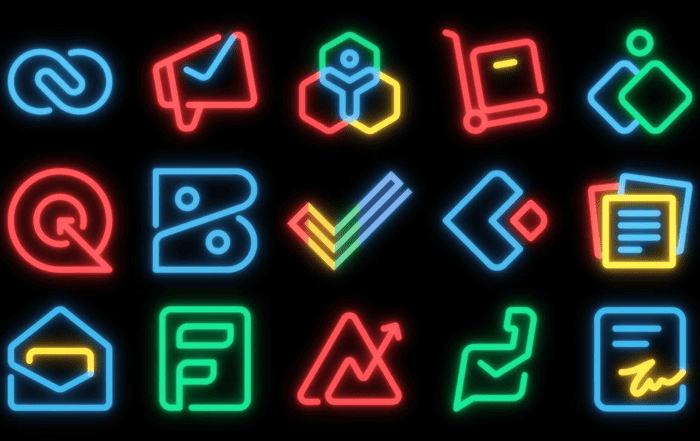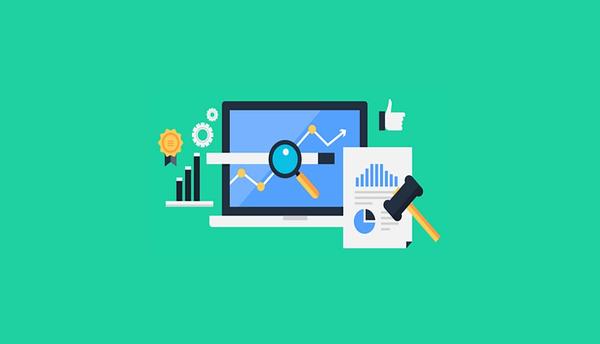
This century belongs to data. Just to put some insights, data consumption, as well as production, has been tremendously increased over the past few years. And to crack this data, to derive meaningful information from this data, we take the help of data science. Data science consists of a series of processes such as collecting and storing data, analyzing data, and data modeling to solve various issues with the help of data. Carrying out data science operations is never easy as it seems; data scientists make use of specific tools to manipulate data to solve the problems.
There are various advanced data science tools in the market which help data scientists to complete the work. These advanced tools have pre-defined functions, algorithms, and user-friendly interfaces which makes them easy to use even for beginners.
1- Apache Hadoop
Apache Hadoop is a free, open-source software by Apache Software Foundation that lets the data scientists store and manage massive databases at a time. Generally, data scientists use Apache Hadoop when they need more accuracy and superior data processing.
This tool is known for its efficiency and smooth data processing.
Apache Hadoop is best suited for solving highly complex problems and tasks.
2- Statistical Analysis System (SAS)
Statistical Analysis System or SAS is a statistical tool created and developed by SAS Institute. Unlike Apache Hadoop, it is a closed-source software that is mostly used by large organizations to organize humongous amounts of data. It is amongst one of the oldest tools used by data scientists. SAS comes up with many advanced features and lets us implement almost everything from Data Mining, Business Intelligence to Statistical analysis, Time-Series Analysis, and even more.
3- Apache Spark
Apache Spark is another advanced data science tool developed by Apache Software Foundation. Apache Spark is mostly used for analyzing and processing large databases. It was ultimately designed for handling humongous databases with the help of cluster data analytics techniques. It is best suited for diagnosing fault tolerance. And the best part about Apache Spark is its advanced features that include YARN, HDFS, and MapReduce.
4- BigML
BigML is one of the most valuable tools in the field of data science. It provides a cloud-based GUI environment that can be used to process various machine learning algorithms. With the help of BigML, corporations can use multiple machine learning algorithms over several parts of their business operations like sales prediction, risk analytics, product innovation, etc.
BigML can also be used for data visualization purposes. It allows the users to export the visual charts to their devices.
5- Tableau
Tableau is the most popular data visualization tool worldwide. Tableau is an American interactive data visualization tool that breaks the unstructured data into a processable format. It is primarily used in data visualization, and it has premium inbuilt features, which makes data visualization be a piece of cake for expert data scientists. On top of that, it can visualize geographically based data and plot different coordinates in maps.
6- Tensor Flow
TensorFlow is free and open-source software developed by Google Brain Team for easy data flow and differential programming across many ranges of tasks. The best part about TensorFlow is that it provides an environment for deploying various platforms like smart devices for building and training models. This is one of the best tools for applying Artificial Intelligence, Deep Learning, and Machine Learning.
With the help of TensorFlow, data scientists or any expert from the field of data can easily develop and deploy powerful models and applications. It allows the users to quickly build and train models even in the cloud, that too with the language of their choice.
Conclusion
I hope this list helped you to learn something new. There are numerous tools that data scientists use to do their work. There are different tools for different purposes, and being a data science enthusiast, you will have to learn all the major ones if you want to make a significant mark in the industry.
You must keep expanding your toolkit and invest more and more of your time learning new tools, especially the ones that are trendy in the market.
You can start with simple tools that are commonly used, then move on to more niche ones.
